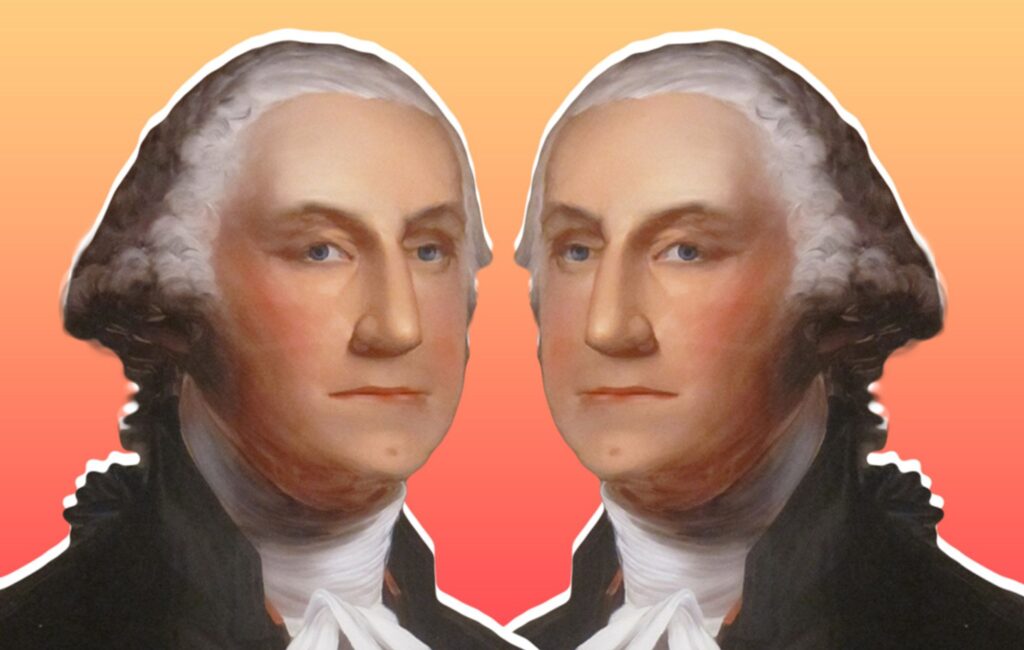
When thinking about George Washington, you might think about him being the first President of the United States, crossing the Delaware River during the American Revolutionary War, or him being a prominent farmer. Washington is known for many things, but something you might not know about him is how important sleep was to him.
Washington took the comfort of his bed very seriously, literally carrying his bed into battle. He used three different field beds during the war, each with a unique design. He had a field bedstead, a bed-in-a trunk camp bed, and a camp cot.
These beds look very different from our modern camping equipment, but they were a luxury item that he was only permitted due to his rank. Most soldiers slept on the floor during the war, which you can imagine wouldn’t give them the most restful sleep.
Field Bedstead
The field bedstead was designed to bring some comfort from home. According to Mount Vernon, Washington purchased his first “field bedstead and curtains” for £4.16.3 in 1755. This means he first started to carry a bed into war during the French and Indian War. The New York Times reported Washington purchased this bed after he joined General Edward Braddock’s campaign against Fort Duquesne as a volunteer aid to the General.
Washington repurchased this bed in October 1775, after becoming commander of the Continental Army. Mount Vernon explains the cost of this bed was extremely high because of the imported hanging material and bedding.
This bed is fancier than the other two. It has four bed posts that hold up hanging curtains, encircling the mattress. The bed was made for quick transport, due to its hinged tapering posts, turned legs, and rails, allowing it to be folded into a bundle.
One downside of the field bedstead was that it was smaller than Washington (but at least he had a mattress). People dispute how tall he was, but Mount Vernon has described him to be a staggering 6 ‘3 and a half inches tall. The bed was six feet in length, so we assume he either slept curled up or with his legs hanging off the bed.
Bed-in-a-Trunk Camp Bed
Dating back to 1775, the bed-in-a-trunk camp bed was said to be used towards the end of the Revolutionary War. According to The Henry Ford Museum, “Washington likely used this bed when he traveled from his Newburgh, New York, headquarters in July 1783 — as the war was winding down — to tour upstate New York and the military installations located there.”
Unlike the fancy field bedstead, this bed is more similar to a modern camping cot. Made with metal legs, the lid of the trunk was used as a headboard. This bed was highly transportable, all fitting into a trunk after use. The New York Times wrote that this bed was six feet three inches, which I bet Washington was happy about.
This bed is currently on display at The Henry Ford Museum.
Camp Cot
The simplest of the three beds, but most versatile, the camp cot dates back to 1777. The New York Historical Society believes Washington used this bed at Valley Forge during a brutal winter.
Held up by metal legs, there are three folding stools that are joined together to create the bed. When not put together as a bed, the folding stools were used as camp stools for the soldiers to sit on. A headboard and two supporting boards surrounded the bed intended to keep the mattress in place. The camp cot was six and a half feet long, but according to the New York Historical Society, Washington was 6’2 (who knew Washington’s height would be so controversial?) so this might not have been the worst-sized bed for him.
After using it in Valley Forge, Washington gifted the bed to his secretary, Richard Varick, according to New York Historical Society records. His family donated the cot to the historical society in 1871 – where it is still on display today.


























